[divider style=”solid” top=”20″ bottom=”20″]
“TO BE ABLE TO BUILD HOUSES FOR OUR SHIPOWNERS IS A MATTER OF GREAT PRIDE TO ME. THE HOUSE IS THE MOST INTIMATE PLACE IN A PERSON’S LIFE, IN HIS FAMILY. A GESTURE THAT DEMONSTRATES PROFESSIONAL ESTEEM AND PERSONAL TRUST IN US.”
ENRICO GOBBI – TEAM FOR DESIGN
[divider style=”solid” top=”20″ bottom=”20″]
[dropcap]B[/dropcap]orn, raised and trained in the most beautiful city in the world, Venice, Enrico Gobbi is a civil architect who graduated with a thesis in the naval field. Only later, in California, did he specialize in Yacht Design. His career began at the Nuvolari Lenard studio in Venice; an entire life spent immersed in Beauty, to design the very best for his customers. Surrounded by one of the most evocative architectural landscapes in the world, unique scenarios, full of feeling, poetry and history, Enrico Gobbi has developed his own style, forged by the environment. He has a creative mind that designs and plans, together with deep research and an eye on the world.
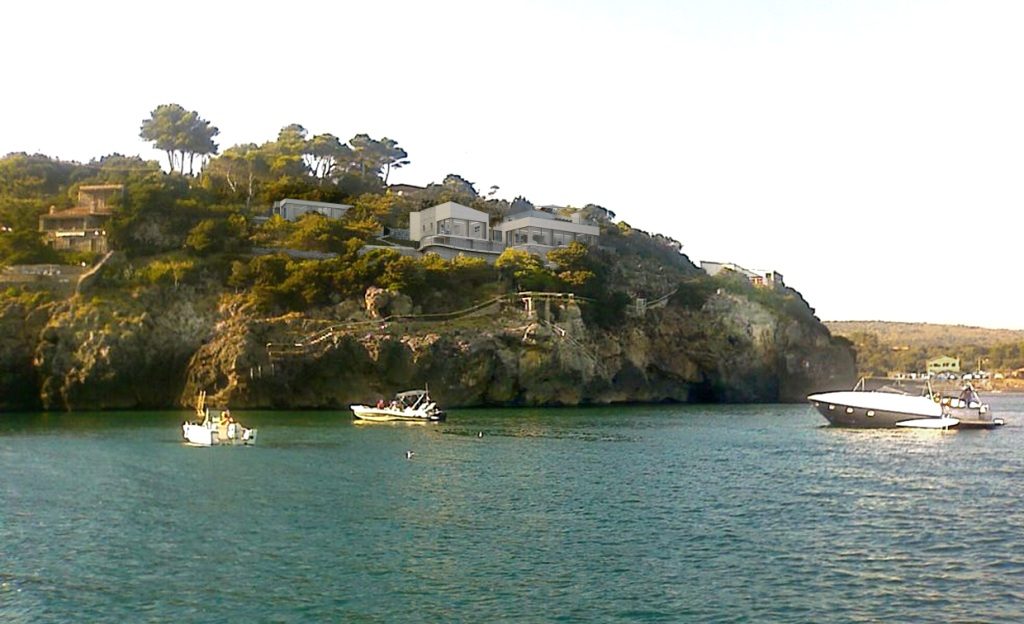
He founded his own studio Team For Design in 2005 and today has 9 professionals, including designers and architects, who work according to the team principle, everyone is involved in all projects, but each person has their own specific role. “We challenge ourselves, sometimes even with diametrically opposed ideas, but the environment is always devoted to collaboration,” explains the architect. “It is no coincidence that the name of the studio is Team for Design, professionals who create design together. We are a group of 9 people, with me 10, the right size to maintain the appeal and methods typical of an atelier, a design boutique. I do not wish to expand but to consolidate this position. My team needs to be involved in everything, we create and we sometimes get things wrong, but we do it together.”
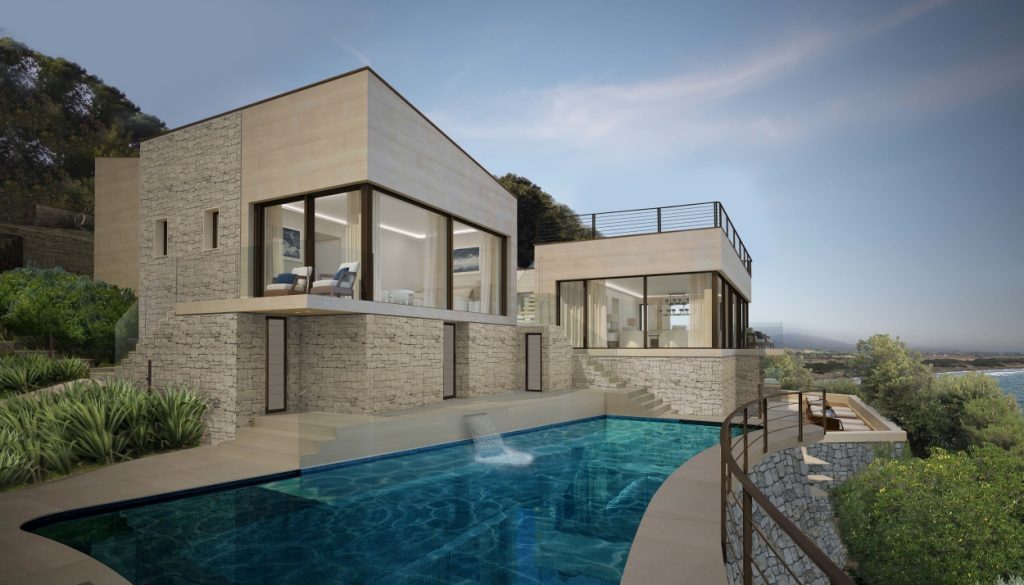
We met the architect at his studio in Venice, a very charming location, overlooking a canal that leads to St. Mark’s Square by taxi boat in twenty minutes. “Our yacht owners love this place, they visit Venice and in half an hour of navigation along the canal, they arrive at the studio”.
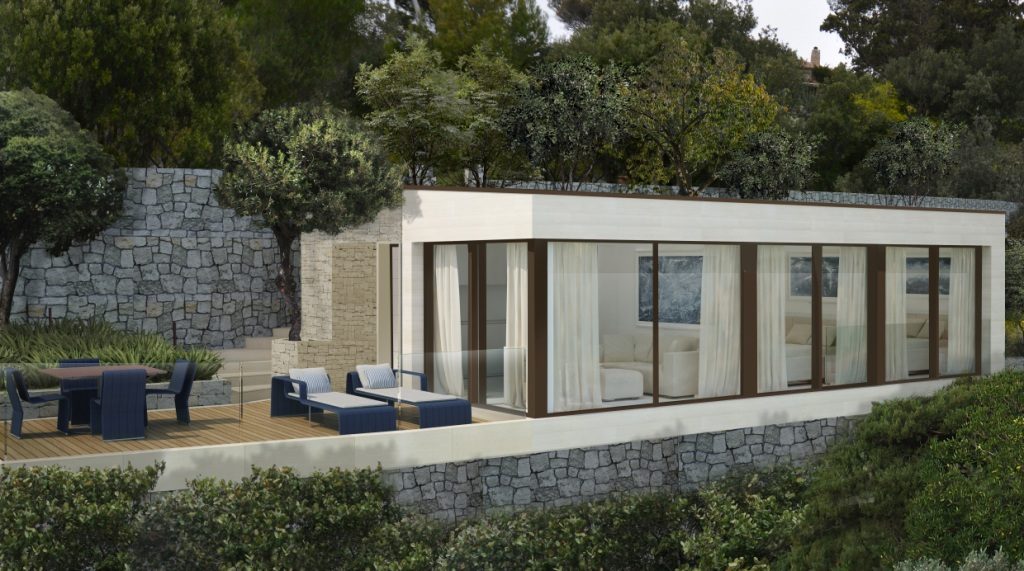
Our day in the studio is spent talking with Enrico and his collaborators, admiring all the possible varieties of materials that the studio chooses after a careful selection. It’s a very rich gallery of materials, fabrics, marbles, glass, carpets, woods, and crystals. A meeting of architects and engineers is taking place in a separate room, where they are discussing some aspects of residential architecture. After a few minutes, the architect involves me in that very work team.
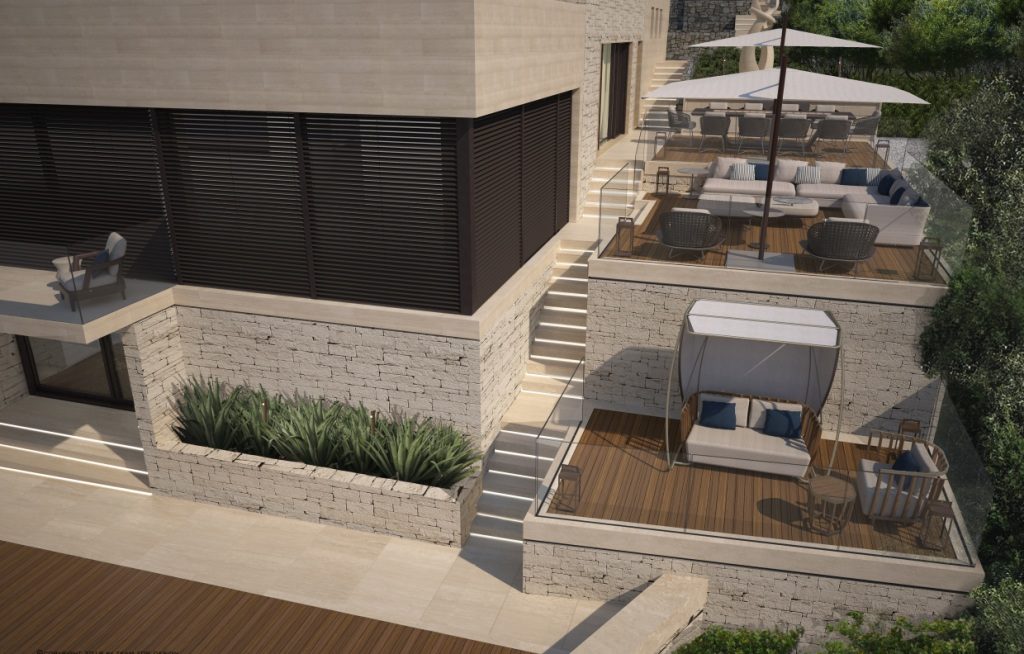
“And about the project I’d like to talk about. I would like to refer to myself as an architect, not just as a yacht designer. The studio mainly designs boats, large boats, real architectural works made to stay on the water, but we often deal with other projects as well. We are now working on a very important project of which we are very proud, and which we hope will be just the beginning of a new intense path in the residential sector. This is a seaside villa that will be ready for spring-summer 2020. We were commissioned by one of our clients, owner of our 50m yacht, a family from north-eastern Europe, the same client for whom we’re building a 70m mega yacht today. About two years ago, during their vacation on board their yacht coasting the area of Argentario, Tuscany, he noticed a land and buildings overlooking the sea and thought that a project for a villa by the sea at this site would be nice. Love at first sight. I see it, I want it, I buy it. That’s how the ship owner got information about the construction and, without too much hesitation, bought it. It’s very rewarding when a ship owner asks you to take care of a residential project as well. It is a demonstration of great esteem and trust.
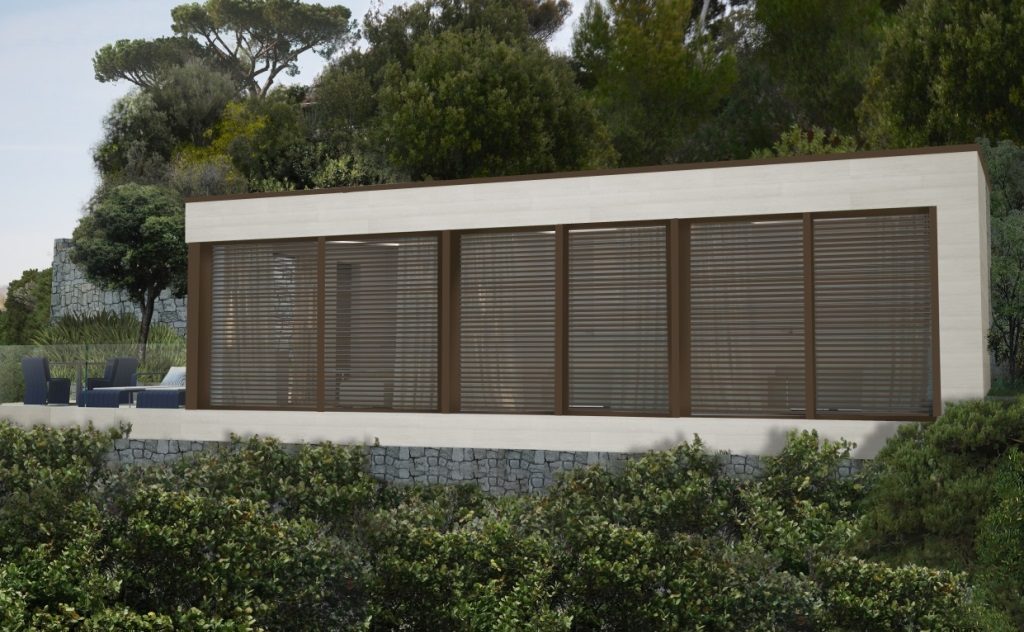
In this, as in all our naval projects, we work in synergy with outside studios, especially for the engineering part. For this specific project we are working with a major general contractor, Ganter, a very experienced company based in Germany that follows projects all over the world.
For this great project about ten professionals are involved, including engineers and architects. We are also working on a second luxury residential project in Bled, Slovenia, but this one in Tuscany, in Ansedonia to be precise, is an architectural enterprise immersed in 5000 square meters of land, a truly noteworthy project because building and restoring in Italy, moreover along the coast, requires disproportionate attention; the rules that the territory and the authorities impose are many and the aspects that need to be taken into account concern both the architecture and the aesthetics in every detail to integrate the project at the best in its context.
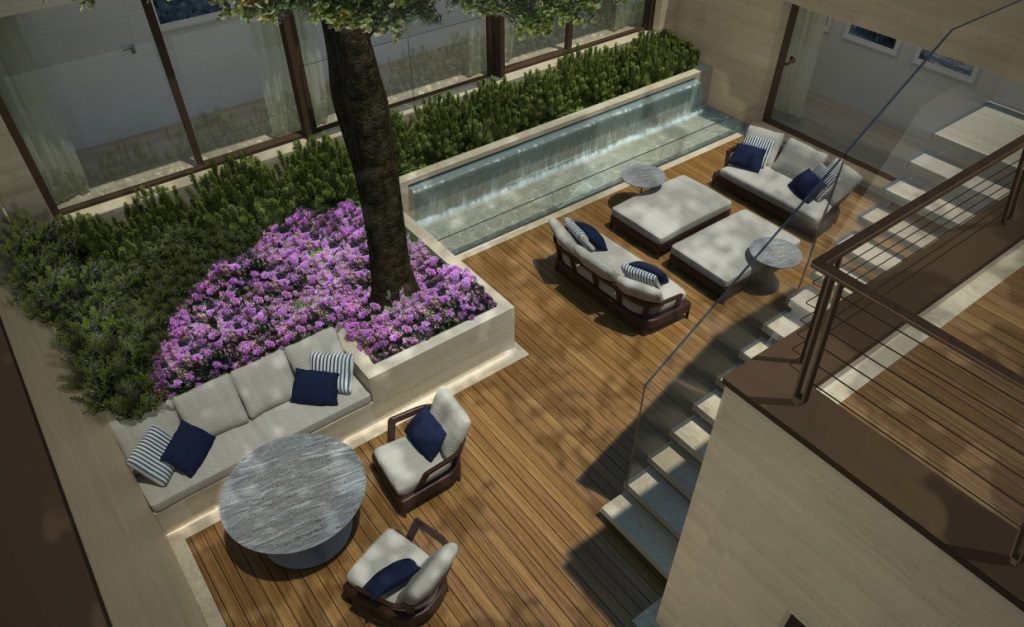
We are overlooking the sea, this means that the villa is visible from the sea. Well, the choice of lights is one of those aspects that fall under the supervision of the territorial authorities. They must be soft and in harmony with the environment, not excessive, mixed with the natural atmosphere in which they are found. Also, for the choice of materials, such as stone overlay, it was necessary to do very careful research to ensure the best integration into the environment, using local materials as much as possible”.
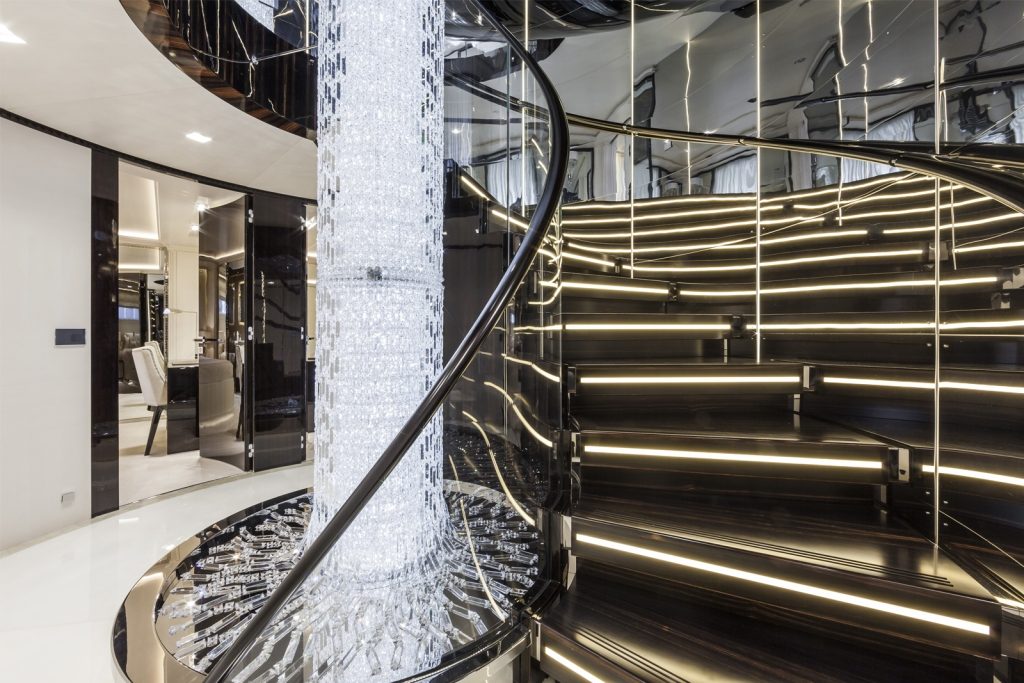
Q: Let’s get to the heart of the project. Tell me what this is all about.
A: This is a complex of three distinct buildings, a central body, the most important, with the name of Villa Il Patio, overlooking the sea. It is the manor house, that is, reserved for the family. Villa Foresteria, the annex reserved for VIP guests, also overlooking the sea, and a second large villa overlooking the sea completely reserved for guests, the latter in traditional Tuscan style. Finally, we have buildings upstream, in the promontory area, not visible from the sea, reserved for service activities.
Q: It seems divided similarly to the concept of spaces on board, there is the crew area, the Guest and VIP area and the owner’s area.
A: Yes, exactly. In general, there are many aspects in common between naval and residential architecture, at least in space management.
Q: Another aspect in common between yacht design and architecture?
A: Just like a yacht design project, it takes very little to create bad architecture. All it takes is an imbalance of shapes, and there you are, making floating buildings. Bad proportion and balance in naval architecture means making an ugly boat. The same goes for a mansion. I was born an architect, my source of inspiration is always architecture, especially that of the ‘900. The principles of architectural composition are part of my cultural heritage.
Q: Let’s talk about inspiration. What themes were you inspired by for this project?
A: We have created C shapes, they are architectural stylistic elements that our studio has been carrying out on a compositional level for some years, and they work very well in the elevations to delineate the empty and solid spaces. The C-shaped composition stems from the need to make architecture as light and linear as possible and it’s a method, an aesthetic solution but also academic, we can also say a trend, a very contemporary design that well inserts itself in the surrounding environment. It’s a good fit, I think. It’s the most correct term because we really wanted to create symbiosis between the construction and the nature that surrounds it, embraces it, protects it in some way. The construction materials are an essential theme of this project; we played with it to give meaning and character to the structure. We have combined local stone – which must be preserved for a trove of territorial rules but also to give a sense of belonging to the territory – a clear, modern stone, which creates a very effective contrast, visually pleasing and therefore consistent.
Q: How is the structure divided?
A: As I said before, it is a complex made up of three structures, the main villa, i.e. the main body, two guest annexes, one of which is a true suite, while the second is a three-storey villa, and finally the buildings intended to accommodate the service staff.
The three-storey villa overlooking the sea, called Villa Cuccia, is the only original element and has undergone a major restoration; it is modern architecture dating back to the early ‘900 in which the typical Tuscan details have been preserved. The main villa on the lookout, called Villa Il Patio, has a unique view, breath-taking, totally immersed in the marine environment. And then there is Villa Foresteria, also separate from the main building. It houses a suite and a living area and is intended for the most important guests.
Q: What is the leitmotif of this architecture?
A: It is the story itself that suggested the common thread. The shipowner chose this place by observing it from the sea, while on board his yacht. The idea was therefore to recall this impulse. The sea had united them, so it had to bring them back to the sea.
The impression, being in the villa, must be invocative of being one with the sea, after all we are overlooking the cliff. When the wind is blowing or the sea is stormy and the waves break violently on the rocks, the water splashes up to the glass. It’s very suggestive, very romantic in winter. But the owners, the family, will have a wonderful view of the landscape at all times of the year to enjoy the sun, peace, and quiet of this place.
Q: And the interior?
A: If the exterior of the villa is reminiscent of a yacht for its countless outdoor spaces, even on several levels and different living areas, the interior instead displays iconic residential architecture, in the style best suited to a large villa of course. But even in the interior, curiously enough, we had to respect the territory. In the main internal courtyard stands a large tree, we could not cut it down or move it and therefore the interiors were developed around it. Since it is not possible to do otherwise, we have integrated nature into architecture, seeking a dialogue with it. We like to say that it is nature that has appropriated the building. Inside the courtyard we have also brought running water; interior tanks that make the sound of water heard even inside the courtyard and the spaces that overlook it.
Q: What are the most characteristic elements of the interiors?
A: We have chosen modern furniture with some eclectic details in deco style. The wood used is dark wood, typical of Tuscan villas. The light pearl grey boiserie stands out elegantly between white walls and ceilings. As with our boats, the furnishings are designed by the studio, including the beds and bedside tables. We exclude from our design elements such as armchairs or sofas, lamps, because we like to select for the owners from the collections of the most prestigious brands, such as Minotti from Made in Italy or Baker among the American brands. The chandeliers are by Porta Romana, while the bedside lamps are by Ralph Lauren, Donghia and Porta Romana; the latter are very famous and very appreciated by the high class, we use them a lot also on board.
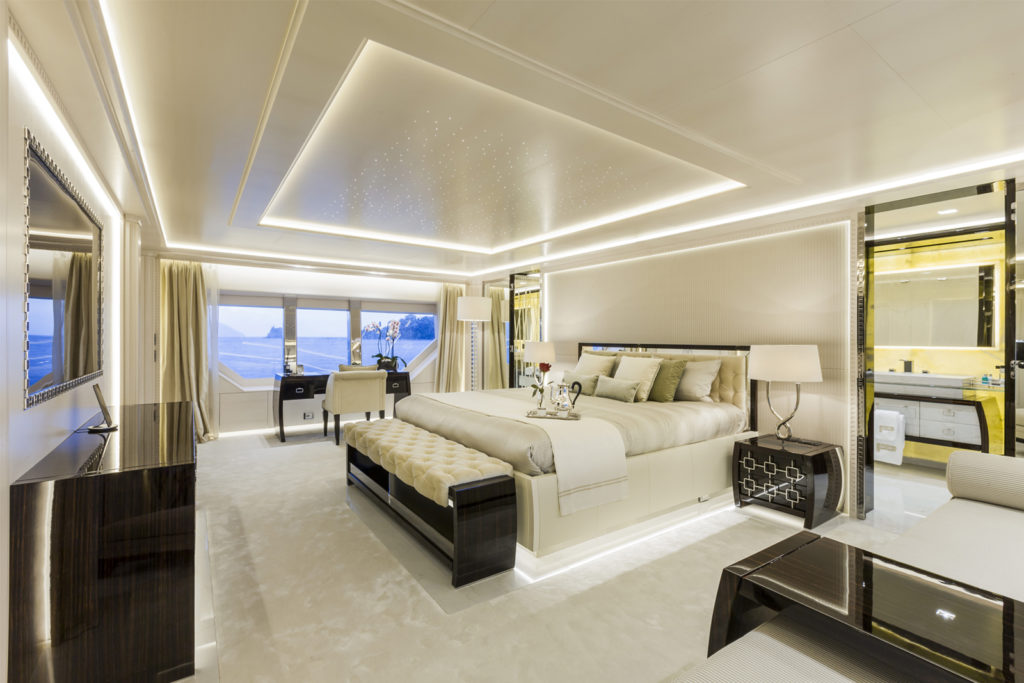
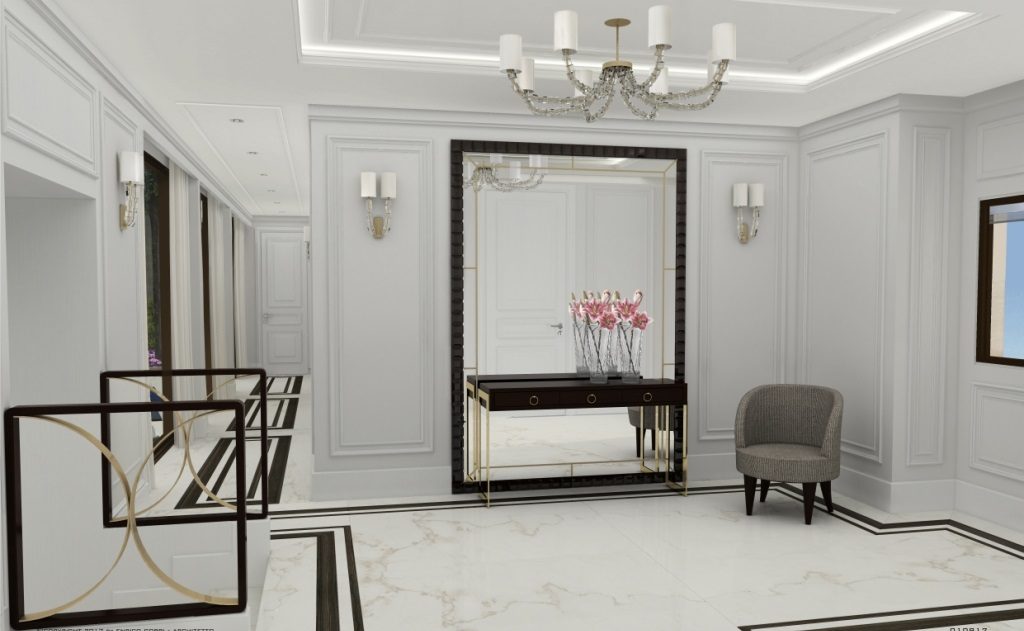
I must stress that the family has left us carte blanche on the architectural choices for the exterior, while for the interior they have actively collaborated on all the choices of furniture and decoration. The home is the most intimate place in one’s life and each person creates or affirms it according to their own traditions and taste. The interiors are highly refined, opulent but in a refined way.
Certainly, the theme of water is affirmed in several spaces. We can say that the house lives in contact with water. A house that wants to recall the marine environment can only accommodate elements such as waterfalls, fountains, infinity pool, in certain strategic locations.
Q: Can we talk about finishes and details?
A: The flooring of the terraces is made of teak and, as on our yachts, is of the highest quality. The layout is different; the villa has wider slats to give it a more elegant effect.
For the brise-soleil we have chosen the brass finish. Brass is a very refined material often used in the windows of Venetian noble palaces. The burnished effect typical of brass gives a lot of elegance to the finish.
To give the sensation of architecture that projects towards the sea, we have created as many openings as possible, choosing minimal windows, as if to make the structure disappear into nature. For the paths along the garden, we chose glass balustrades that allowed us to favour the view of the sea. The exteriors, in fact, are partly developed on terraces, on several levels, so it was necessary to use rails and for those we chose glass.
On the exterior, it is the details that make the difference, creating sumptuousness and elegance. We have chosen very special bamboo shaped lamps, to better integrate them into the landscape with very soft, special light effects, the result is surprising and very artistic. The gates are designed in a modern form with diamond shapes in brass. A large sculpture called The Kiss, which we designed and had made in marble, stands passionately in the quietness of the garden.
Q: What is the atmosphere at Villa Il Patio?
A: It is a holiday home, although very luxurious, it maintains an informal tone. The family wanted it to spend their free time there, moments of recreation and relaxation. There was no need to create business spaces, or at least more formal ones, like in a city house. The family loves Italy and our lifestyle, our way of living the sea and being in touch with nature. They wanted a very marine and naturalistic environment.
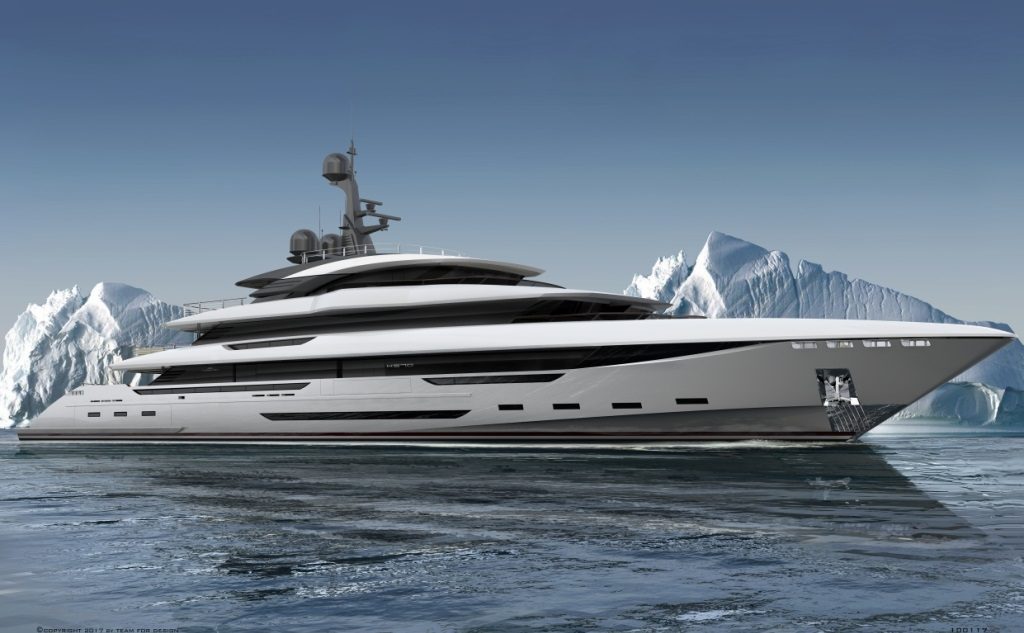
Q: Regarding the new 70m, what can we anticipate, what are the elements that will highlight your creativity?
A: These are two dividing panels, in two different areas. A screen made by us to hide the wall of wines, formed by staves of illuminated onyx. The addition of light makes the materials much lighter, we have also integrated it along the stairs made of distressed wood. It filters, illuminates, decorates and makes everything lighter and therefore more elegant. But the most artistic inspiration was reserved for the living and cinema areas. These two areas are divided by a panel, a partition with bolted crystal slats. The panel is not linear but wavy, it creates movement; it is visually light, does not close, does not create volume. Somehow it makes them disappear into each other’s areas. I was inspired by the Baccarat Hotel in New York. The exteriors are completely covered with Baccarat crystal strips, which transform the hotel into a sumptuous glass tower, almost a small treasure chest. It is refined opulence, a stylistic choice entrusted to the use of the material, in this case glass. It makes the hotel shine with a thousand lights, combining with brio Parisian chic and American glamour. In general, light and crystals, but also marble, are the elements with which we play the most and with which we field our artistic talents. In the lobby we find crystal works, they are our own creation, we design them and then we make them in Murano, the world capital for glass production. The other main materials used in the rooms are black marquinia marble, chosen for the inlays on lightly-veined calacatta marble. We personally and carefully choose each slab so that there are few veins, which makes the floor more elegant.






